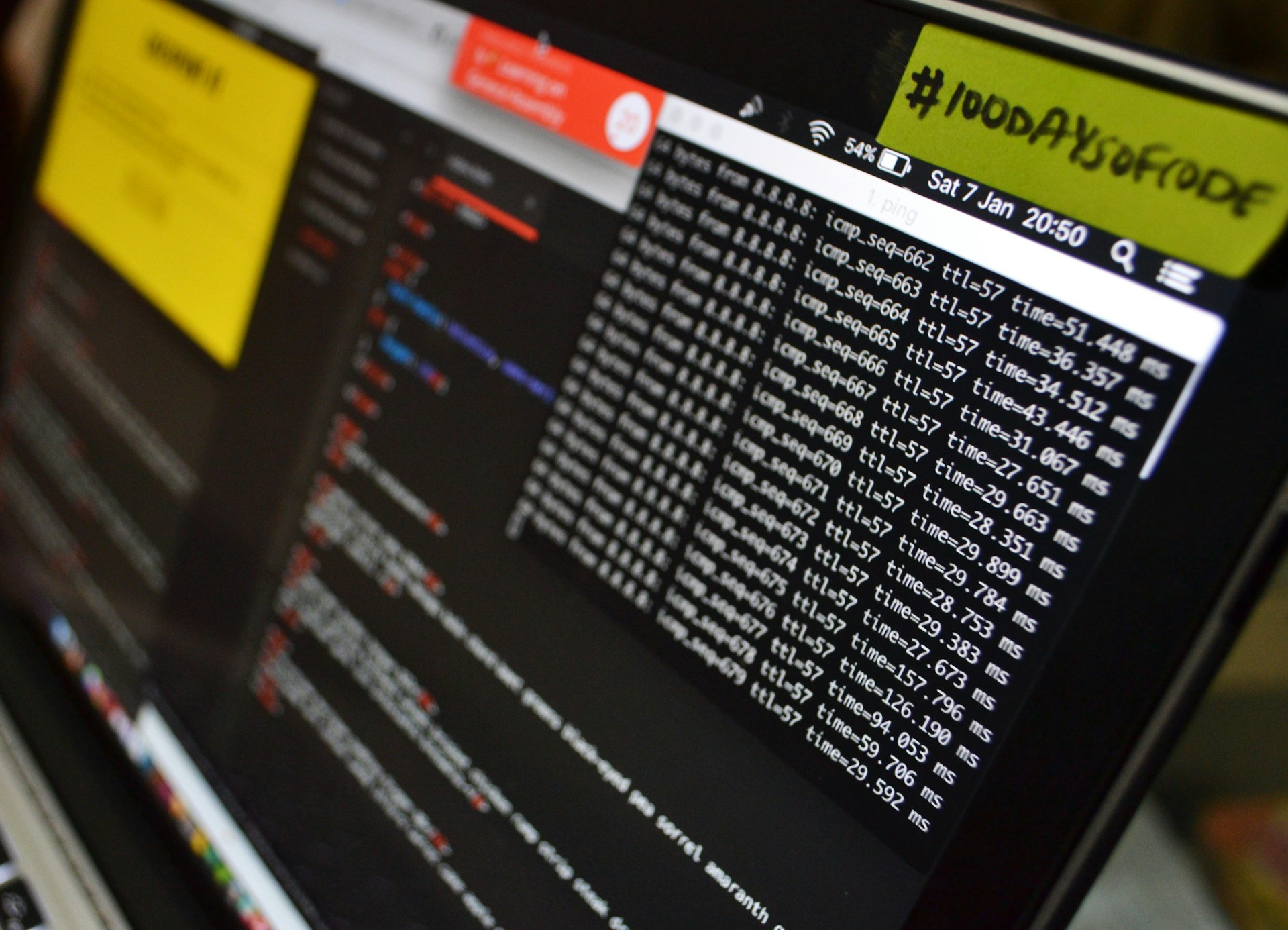A healthcare provider ends a busy day with a mountain of patient charts still needing to be coded and documented. The pressure to maintain accurate records, adhere to compliance regulations, and still deliver exceptional patient care can feel insurmountable. Many healthcare professionals face this daily struggle, especially with the demand for accurate, real-time documentation growing more intense. In this high-stakes environment, the idea of concurrent coding—where coding happens simultaneously with patient care—sounds like a dream. But here’s the catch: concurrent coding only reaches its full potential when it’s supported by advanced technology.
Without proper technological support, even the best efforts at concurrent coding can fall short, leading to errors, inefficiencies, and burnout. But when the right tools are in place, technology can transform this practice, making it a powerful asset for healthcare providers, enhancing both efficiency and compliance. Let’s explore how technology is not just a luxury but a necessity in the world of concurrent coding.
How Technology Transforms Concurrent Coding
Concurrent coding involves coders working alongside healthcare providers to document patient information in real-time. This approach ensures that diagnoses, treatments, and procedures are captured accurately and promptly, reducing the likelihood of errors and missed details. However, the challenge lies in managing this workflow efficiently. This is where technology steps in to streamline processes and make concurrent coding truly effective.
- Automating Repetitive Tasks
One of the key ways technology enhances concurrent coding is by automating repetitive, time-consuming tasks. Instead of manually entering every piece of information, advanced coding software can auto-populate common codes, suggest appropriate codes based on the patient’s diagnosis, and flag discrepancies for review. This not only saves time but also reduces the risk of human error, which is crucial in maintaining the accuracy of risk adjustment coding.
For example, AI-driven coding software can scan patient records in real-time, identifying relevant codes and alerting coders to potential gaps. This level of automation allows coders to focus more on critical thinking and less on administrative tasks, leading to more precise documentation.
Enhancing Real-Time Data Analysis
Technology also plays a pivotal role in providing real-time data analysis. With integrated electronic health records (EHRs) and data analytics tools, healthcare providers can gain immediate insights into a patient’s medical history, lab results, and treatment plans. This comprehensive view enables coders to make informed decisions quickly and accurately, improving the quality of concurrent coding.
Moreover, these systems can generate reports that highlight trends or common errors, offering opportunities for continuous improvement. For instance, if a particular diagnosis is frequently missed, the system can alert the coding team to be more vigilant in that area. This kind of feedback loop is invaluable in a fast-paced healthcare setting where accuracy is non-negotiable.
- Facilitating Collaboration Between Coders and Clinical Staff
Concurrent coding thrives on effective communication between coders and clinical staff. Technology bridges this gap by providing platforms for seamless collaboration. With shared access to patient records and real-time messaging systems, coders can clarify details with clinicians on the spot, ensuring that every piece of information is accurate and complete.
Consider a scenario where a coder needs clarification on a diagnosis. Instead of waiting for an email response or scheduling a meeting, they can use a secure communication tool to get answers immediately. This not only speeds up the coding process but also minimizes the risk of errors that could lead to audit flags or compliance issues.
Improving Compliance and Reducing Audit Risks
Compliance is a major concern for healthcare providers, especially with ever-evolving regulations. Technology helps mitigate these risks by ensuring that coding practices align with the latest standards. Real-time auditing systems can review documentation as it’s being completed, flagging any inconsistencies or non-compliant entries before they become bigger issues.
For example, if a piece of documentation doesn’t meet Medicare’s requirements for risk adjustment coding, the system can alert the coder to make corrections immediately. This proactive approach is far more effective than discovering errors during a retrospective audit, which can be both costly and time-consuming.
- Streamlining Workflow and Enhancing Efficiency
Adopting technology for concurrent coding doesn’t just improve accuracy and compliance—it also makes workflows more efficient. Advanced software solutions can integrate seamlessly with existing EHR systems, reducing the need for manual data entry and minimizing redundancies. This integration ensures that information flows smoothly between departments, making the entire process more streamlined.
Additionally, these tools often come with customizable dashboards that provide a clear overview of pending tasks, coding accuracy rates, and performance metrics. This visibility allows healthcare providers to allocate resources more effectively and make data-driven decisions.
Actionable Steps for Implementing Technology in Concurrent Coding
- Choose the Right Software: Look for technology solutions that integrate well with your existing systems and offer features like real-time data analysis, automated error detection, and secure communication tools. Consider vendors that understand the unique challenges of risk adjustment coding and can provide tailored solutions.
- Invest in Training: Even the most advanced technology is only as effective as the people using it. Invest in comprehensive training programs to ensure that both coders and clinical staff understand how to use these tools to their full potential. This will maximize efficiency and improve overall job satisfaction.
- Set Up Continuous Monitoring: Implement regular performance evaluations to assess the effectiveness of your concurrent coding technology. Use data analytics to identify areas for improvement and adjust your strategies accordingly.
- Foster Collaboration: Encourage open communication between coders and clinicians. Use technology to facilitate this collaboration, whether through shared digital workspaces or instant messaging platforms. A culture of teamwork will make the transition to concurrent coding smoother and more successful.
Conclusion: Embracing the Future with Concurrent Coding
In the ongoing debate of concurrent coding vs. retrospective coding, it’s clear that concurrent coding offers significant advantages, especially when backed by the right technology. The pressure to maintain compliance and avoid audit risks is only increasing, making it more important than ever for healthcare providers to adopt efficient, real-time coding practices.
By leveraging technology, healthcare organizations can not only improve the accuracy of their risk adjustment coding but also enhance overall efficiency, reduce stress for staff, and ensure better patient outcomes. For providers still hesitant to make the switch, consider the long-term benefits: fewer errors, faster reimbursements, and a more streamlined workflow.
And while the transition may seem daunting, companies like RAAPID offer invaluable support in implementing these systems, helping healthcare facilities navigate the complexities of concurrent coding. With the right tools and strategies in place, concurrent coding can transform your organization, making compliance and efficiency a reality rather than a constant struggle.











